I'm trying to use nvcc with the most simple example, but it doesn't work correctly. I'm compiling and execute the example from https://devblogs.nvidia.com/easy-introduction-cuda-c-and-c/, however my server can't execute the global function. I rewrite the code to get some error message and I receive the following message: "no kernel image is available for execution on the device"
My GPU is a Quadro 6000 and the cuda version is 9.0.
#include <stdio.h>
#include <cuda_runtime.h>
__global__ void saxpy(int n, float a, float *x, float *y)
{
int i = blockIdx.x*blockDim.x + threadIdx.x;
y[i] = 10.0; //a*x[i] + y[i];
}
int main(int argc, char *argv[])
{
int N = 120;
int nDevices;
float *x, *y, *d_x, *d_y;
cudaError_t err = cudaGetDeviceCount(&nDevices);
if (err != cudaSuccess)
printf("%s\n", cudaGetErrorString(err));
else
printf("Number of devices %d\n", nDevices);
x = (float*)malloc(N*sizeof(float));
y = (float*)malloc(N*sizeof(float));
cudaMalloc(&d_x, N*sizeof(float));
cudaMalloc(&d_y, N*sizeof(float));
for (int i = 0; i < N; i++) {
x[i] = 1.0f;
y[i] = 2.0f;
}
cudaMemcpy(d_x, x, N*sizeof(float), cudaMemcpyHostToDevice);
cudaMemcpy(d_y, y, N*sizeof(float), cudaMemcpyHostToDevice);
// Perform SAXPY on 1M elements
saxpy<<<1, 1>>>(N, 2.0f, d_x, d_y);
cudaDeviceSynchronize();
err = cudaMemcpy(y, d_y, N*sizeof(float), cudaMemcpyDeviceToHost);
printf("%s\n",cudaGetErrorString(err));
cudaError_t errSync = cudaGetLastError();
cudaError_t errAsync = cudaDeviceSynchronize();
if (errSync != cudaSuccess)
printf("Sync kernel error: %s\n", cudaGetErrorString(errSync));
if (errAsync != cudaSuccess)
printf("Async kernel error: %s\n", cudaGetErrorString(errAsync));
cudaFree(d_x);
cudaFree(d_y);
free(x);
free(y);
}"
Execution command
bash-4.1$ nvcc -o sapx simples_cuda.cu
bash-4.1$ ./sapx
Number of devices 1
no error
Sync kernel error: no kernel image is available for execution on the device
